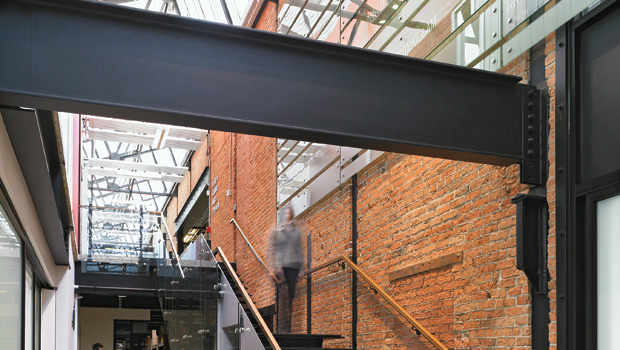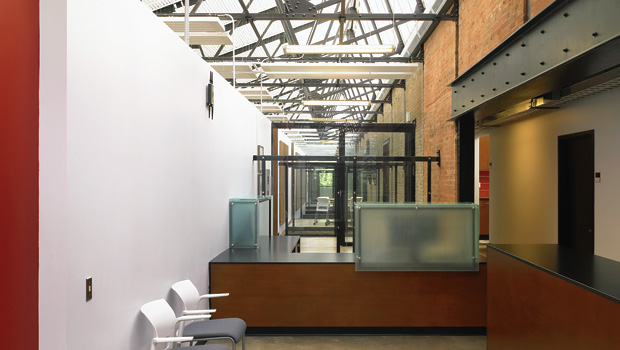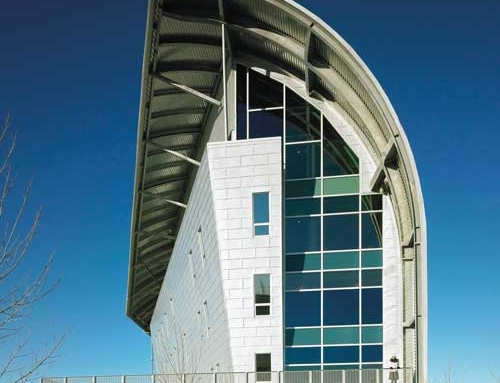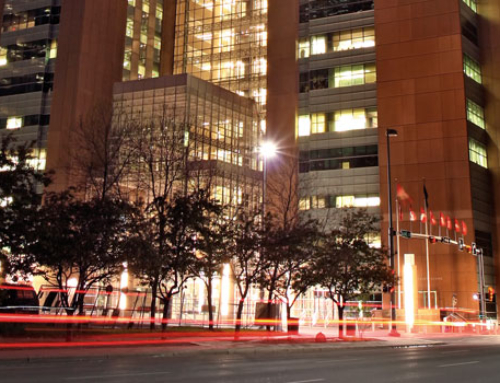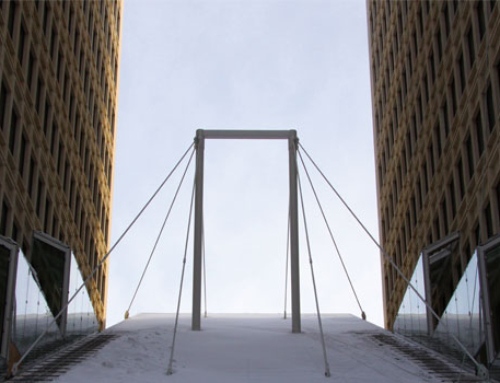Project Description
The renovation of Triffo Hall on the University of Alberta campus is an example of the adage that what was old is new again. Built primarily in steel in 1915, the two-storey structure was originally designed to work with natural light. Changes over the years lost sight of that intent, but once again the hall’s long-covered clerestories are channeling daylight throughout.
During its history, the building had gone through a “hodge-podge of uses” by a number of departments, says architect Laura Plosz, Associate with Johns Group2 Architecture Engineering. “The building had good bones but was not well served over the 90 years of its use.”
Triffo Hall is home to the Killam Centre for Advanced Studies, which houses the Graduate Students’ Association, the Faculty of Graduate Studies and Research, the Postdoctoral Fellows Office, and the Postdoctoral Fellows Association.
“The catalyst for this project was the University’s priority need to provide a facility that consolidated the advanced study service providers, created a stronger sense of community, and enhanced service delivery,” says Lorna Baker Perri, Planner, Office of the University Architect. “The development of Triffo Hall created a symbolic home for advanced studies in a facility that celebrates the University’s history and adheres to the principles of sustainability.”
Triffo Hall is the first project at the University to be registered with LEED. The building passed its first review for Gold certification and is now undergoing its second review.
“We knew from the start we would approach the project from a sustainability standpoint,” Plosz says. “What we found fit quite well with our goals. We were working with a long narrow building with these wonderful clerestories, so it was very easy to get daylight into the spaces.”
A scarcity of original drawings and a 1919 addition that changed the structural system to concrete complicated the project.
“Steel was the primary structural material so we decided to work with it,” Plosz says. “It was very important to us to use the steel and leave it exposed. We retained the steel trusses that supported the roof and clerestory and made them visible by removing the existing ceiling systems.”
A load-bearing brick wall was preserved for its rich texture, colour and heritage value. New steel elements included beams for second floor structure modifications, stair structure, lintels in the brick wall, and the exterior canopy. All steel elements are painted black to contrast with the white painted walls, clear sealed brick, and concrete floors.
The new design features a two-storey interior “street” that runs the length of the building along the brick wall. Punctures through the second floor allow the street to be flooded with natural light.
The ability to re-use the existing steel structure and construct new elements with steel contributed significantly to the sustainability of the project. Of the existing steel, 99.5 per cent was retained; of the new steel material, 100 per cent is recycled, Plosz says. “That means it’s also 100 per cent recyclable, which is one of the most fantastic aspects of using steel.”
Project Team
Owner:University of Alberta
Architect: Johns Group2 Architecture Engineering Ltd.
Structural Engineer: Read Jones Christoffersen Ltd.
Project Manager / General Contractor: Binder Construction Limited

